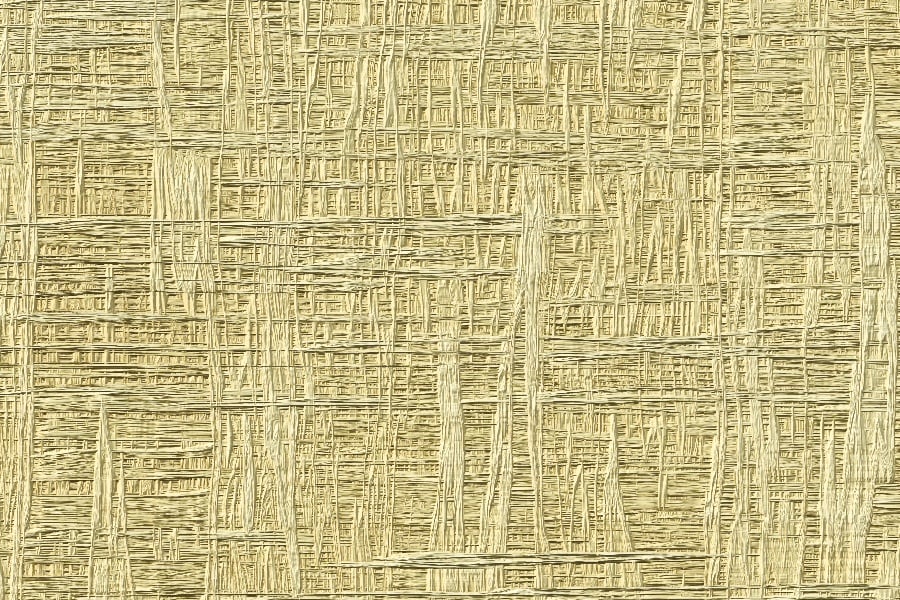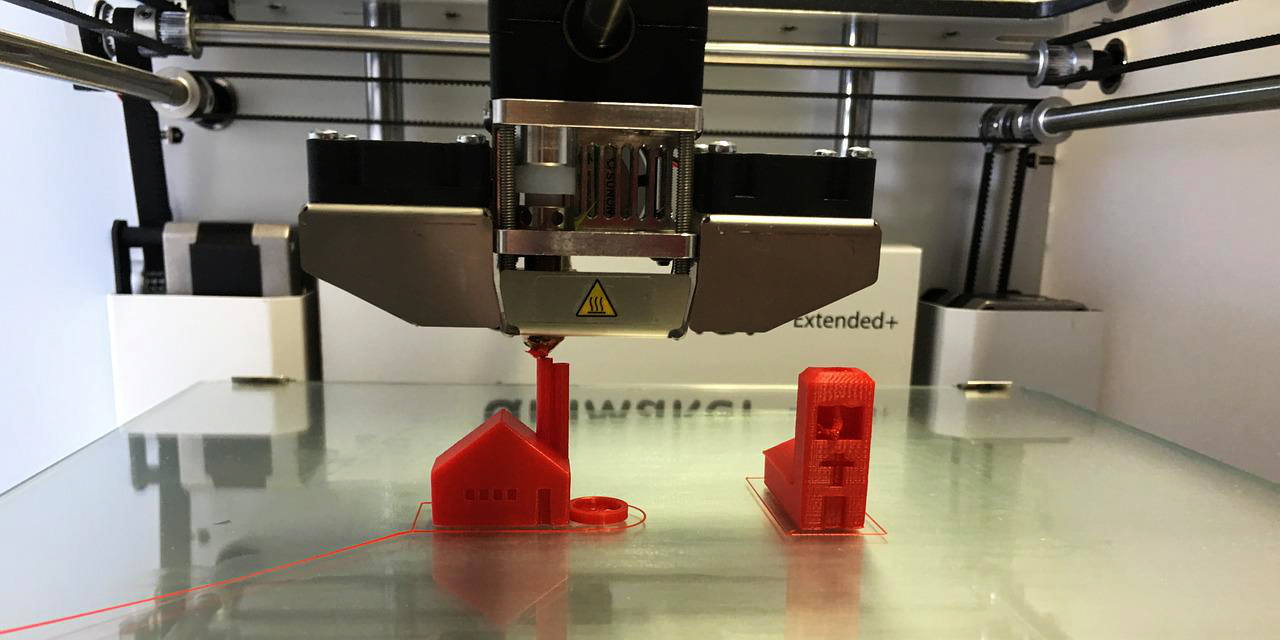
Material selection is a critical aspect of product design, as it directly influences the performance, cost, and sustainability of the final product. Design engineers must carefully consider various factors to ensure that the chosen material not only meets the functional requirements of the product but also adheres to environmental and regulatory constraints.
This process can be challenging, as design engineers often need to balance competing priorities and constraints while navigating an ever-expanding array of material options. The objective of this article is to provide guidance for design engineers to optimize material selection, ultimately enhancing product performance, reducing costs, and promoting sustainability.
In today's competitive market, companies are increasingly focused on innovation, cost reduction, and environmental responsibility. As a result, product design engineers face growing pressure to make informed and strategic material selection decisions. The right material choice can lead to improved product performance, increased durability, and enhanced user satisfaction, all while minimizing costs and environmental impact. Conversely, a suboptimal material choice can result in product failure, increased expenses, and potential damage to a company's reputation.
With advancements in material science and the development of new materials, the range of available options has expanded significantly. This increased variety provides design engineers with greater opportunities to tailor material properties to specific product requirements. However, this also adds complexity to the material selection process, making it even more crucial for design engineers to have a comprehensive understanding of material properties and their impact on product performance.
Establishing Material Selection Criteria
Define Product Requirements and Constraints
Optimizing material selection for product design engineers entails establishing clear criteria to be taken into consideration. When defining the product requirements and constraints, important factors such as functionality, durability, aesthetics, manufacturing processes and regulatory compliance should all be assessed. Furthermore, environmental and sustainability factors associated with the material must likewise be evaluated before proceeding.
Consider Environmental and Sustainability Factors
Respect for the environment calls for deeper analysis than simply considering recyclability or carbon footprint. When assessing material selection, product design engineers must consider additional elements such as resource consumption or end-of-life disposal. How a particular material is sourced and integrated are fundamental components when workshopping the best option to meet goals efficiently and in a sustainable manner.
Assess Cost Implications
Of course, cost implications remain at the heart of any successful endeavor. Price points often rely on the materials selected; from initial investment costs of raw material, production expenses and logistics fees during transport to subsequent maintenance and repair down the line. Each element needs to form part of a complete financial picture prior to reaching a satisfying decision.
Material Selection Tools and Techniques
The complexity of material selection necessitates the use of tools and techniques that enable design engineers to make well-informed decisions. Several material selection tools and techniques have been developed to assist design engineers in evaluating and comparing material options based on various criteria. This section provides an overview of these tools and techniques, along with their benefits and limitations.
Material Selection Software
Material selection software has become an indispensable tool for design engineers, as it simplifies the process of evaluating and comparing materials based on a wide range of criteria. These software solutions often incorporate extensive databases of material properties, enabling engineers to quickly identify suitable candidates based on their requirements.
Overview of Popular Software Options
Some of the most popular material selection software options include GRANTA EduPack, GRANTA Selector, and JMatPro. Each of these software packages offers unique features and capabilities, catering to different needs and preferences.
GRANTA EduPack, developed by Granta Design, is designed specifically for educational purposes and focuses on helping students understand the principles of material selection.
GRANTA Selector, also from Granta Design, is a more advanced tool targeted at professionals and researchers, offering powerful features for material selection, substitution, and cost optimization. JMatPro, developed by Sente Software, focuses on simulating material properties and provides design engineers with accurate data for materials processing and performance.
Benefits and Limitations of Each Option
Material selection software offers numerous benefits, such as the ability to quickly search and filter materials based on specific criteria, visualize material property trade-offs, and generate detailed reports for further analysis. However, there are also some limitations to consider.
For example, some software options may not include the latest material innovations or provide comprehensive data for all material types. In addition, the cost of these software packages can be prohibitive for some organizations, particularly smaller companies or startups.
Material Databases
Material databases are valuable resources that provide comprehensive information on material properties and performance characteristics. These databases enable design engineers to access a wealth of data on various materials, aiding in the identification of suitable candidates for specific applications.
Comprehensive Material Properties and Performance Data
Material databases often include data on a wide range of material properties, such as mechanical, thermal, electrical, optical, and chemical properties. This information allows design engineers to assess the performance of different materials under various conditions and identify those that best meet their requirements.
Resources for Accessing Material Data
Several material databases are available online, offering design engineers easy access to valuable information. Some of the most popular material databases include MatWeb, ASM International's Material Information Resource, and the National Institute of Standards and Technology (NIST) Material Data Repository. These resources provide a wealth of data to support design engineers in making informed material selection decisions.
Material Selection Charts
Material selection charts are a powerful visual tool that allows design engineers to compare materials based on specific properties. These charts enable design engineers to identify trends, analyze trade-offs, and evaluate material suitability based on their application requirements.
Visualization of Material Properties
Material selection charts typically display material properties on a two-dimensional graph, with each axis representing a specific property. This visualization allows design engineers to quickly compare materials and identify those with the desired combination of properties.
Common examples of material selection charts include Ashby charts, which plot material properties such as strength, stiffness, and density, and radar charts, which display multiple properties simultaneously.
Analyzing Trade-Offs and Comparing Options
Material selection charts can be particularly useful for identifying trade-offs between material properties and understanding how different materials perform in relation to one another. By visualizing these relationships, design engineers can make informed decisions on which materials best meet their specific product requirements.
Collaborating with Material Suppliers and Manufacturers
Importance of Partnerships in the Material Selection Process
Establishing partnerships with material suppliers and manufacturers is an essential part of reliability in the material selection process. It is essential to research and evaluate suppliers to ensure quality materials that suit the particular development project’s requirements and specifications.
By forming close working relationships during the development process, engineers can make informed decisions when selecting appropriate materials based on availability, cost efficiency, environmental considerations, strength and durability that support the success of their design.
Strategies for Effective Communication and Collaboration
Proven strategies for effective communication and collaboration with material suppliers and manufacturers include focusing on organization, clarity of objectives, requirements, and specifications, meeting deadlines for turnaround times, staying current with industry standards regarding changes in raw materials or developments in products or processes.
Open communication with suppliers creates a win-win situation whereby value is shared consistently between the parties involved in order to come up with creative solutions when roadblocks arise unexpectedly due to changing conditions or new developments in the industry.
Future Trends and Innovations in Material Selection
Advanced Materials
Advanced materials have the potential to revolutionize product design, ushering in a wave of innovation and creativity accessible to engineers not limited by traditional material constraints.
Beyond helping engineers design smaller and lighter products with improved performance, reliability, and functionalities, these advanced materials can also enable them to take a more responsible role in preserving our environment through the use of green, renewable technologies.
AI and Machine Learning
With their capacity for increasingly sophisticated data analysis, artificial intelligence and machine learning are becoming key contributors to designers’ ability to effectively identify and select the most appropriate material additives from among a vast database of options.
For example, AI-based predictive tools can yield detailed insights into every stage of the selection process — from initial selections according to various criteria, including cost savings or environmental concerns, down to specific analysis such as mechanical properties testing — enabling engineers to address any shortcomings at each step before finalizing their decision.
The Circular Economy
Sustainability trends are introducing greater emphasis on circular economy principles such as reusability and recyclability. As manufacturers strive to be more conscientious of their impact on our planet while simultaneously meeting customer demand for new features and unique designs at an accelerated pace, optimizing material selection becomes even more important.
Product designers need access to resources that provide not only technical characteristics — thermal stability or melting point temperatures — but also market value propositions such as verified sustainability claims or second-life applications for materials beyond their original application's intended purpose.
To learn more about choosing the right material for your engineering project, reach out to Tencom today.














